Jeaneology: A Denim Timeline
Denim started out as a simple, utilitarian cotton cloth. But with its rugged charm, eventually came to epitomize American style.
Here's how it happened:
The first jean-like denim material was used to make trousers for the sailors of the Italian Navy.
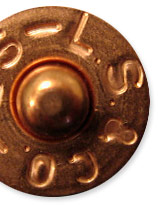
Due to miners' pockets breaking, workwear wholesalers Levi Strauss and his partner, tailor Jacob Davis, develop the idea of securing seams with metal rivets.
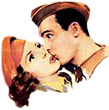
Playing a janitor, clad in high-waisted dungarees Gene Kelly dances with a mop and broom in "Thousands Cheers."
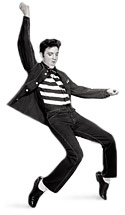
Clad in a modified denim prison uniform, Elvis introduces jeans to rock and roll in "Jailhouse Rock."
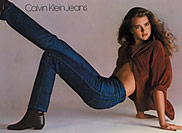
Calvin Klein leads the way for "designer denim," with a provocative campaign starring a 15-year-old Brooke Shields.
Jeans now come pre-bleached, pre-faded and pre-shredded. The more holes, the better.

With hip hop culture merging with the mainstream, middle American teens start buying oversized jeans and "sagging" them.

Outfitting his ships with the most durable materials available, it's believed Christopher Columbus commissioned sails constructed from a rough denim fabric.
"Denim" is officially added to Webster's Dictionary, referring to the fabric as a course cotton used in overalls.

Modern-day jeans are marketed as "waist overalls."
Bing Crosby is turned away from a Canadian hotel for attempting to check in wearing jeans. Levi's, in turn, sends Crosby a denim tuxedo jacket.
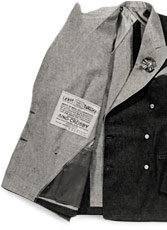

Bell bottoms enjoy their time as a modern, fashionable style for men and women.
Bruce Springsteen's "Born in the USA" is released.

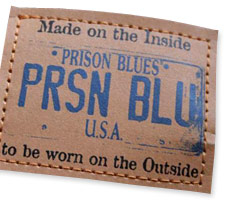
Prison Blues, a line of all-American denim garments are produced by inmates of the Eastern Oregon Correctional Institution, to be sold to the public. Their slogan reads, "Made on the inside, to be worn on the outside."
Men's jeans return to a classic shape and a dark, inky color. Selvedge denim, woven on old school looms, becomes the predominant style.
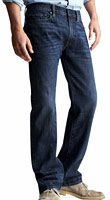
© Copyright 2024 Degitao Technology Pvt. Ltd - All Rights Reserved. | Privacy Policy | Terms & Conditions
